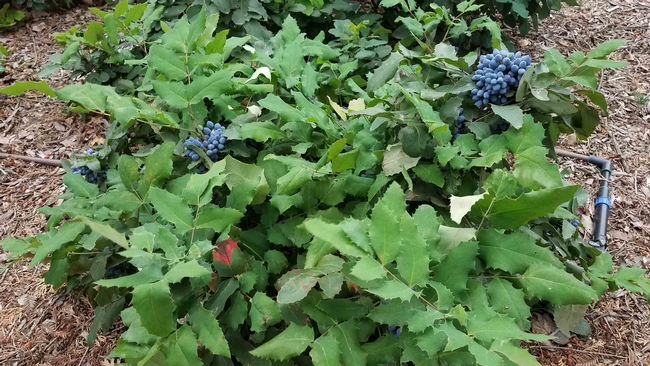Northstate residents prize large trees for their beauty and the shade they provide. There are other environmental benefits to mature trees as well. They encourage biodiversity, offset carbon emissions, and reduce energy costs for the homeowner.
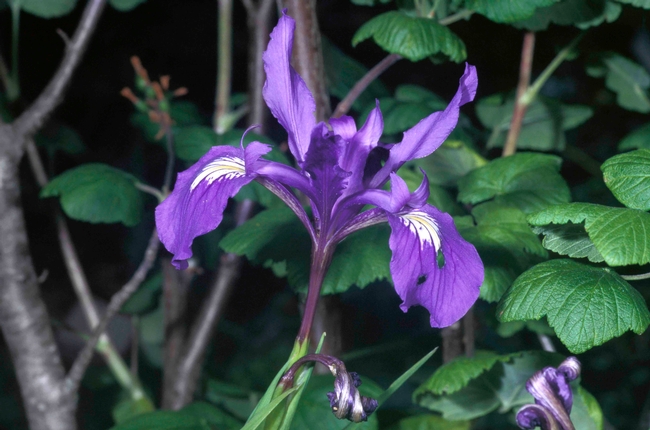
If trees are deciduous, their shade is seasonal and the success of what is planted beneath them may be dependent upon how early the trees leaf out and the density of their canopies. To open the canopy of a deciduous tree so that it casts lighter shade, prune it late in winter. This way, not only is the tree dormant, but its branch structure is completely visible and can be thinned while maintaining the overall shape of the tree. To allow sunlight to penetrate to the base of dense evergreens, remove their lower limbs to a height of at least eight feet above the ground.
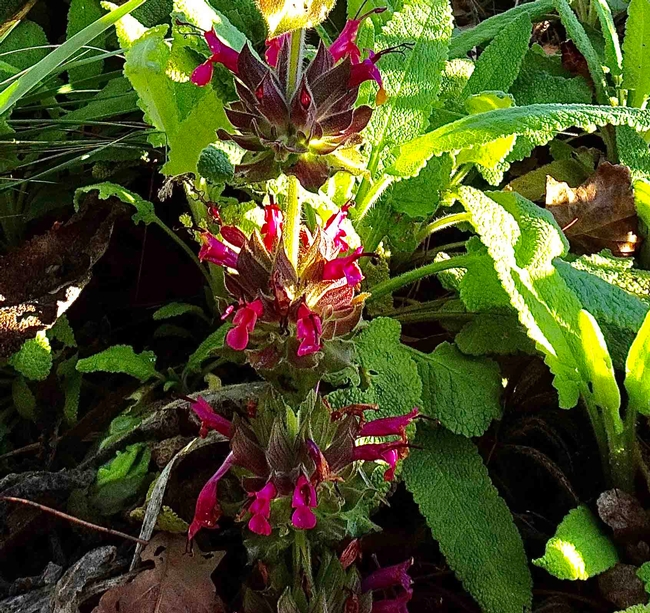
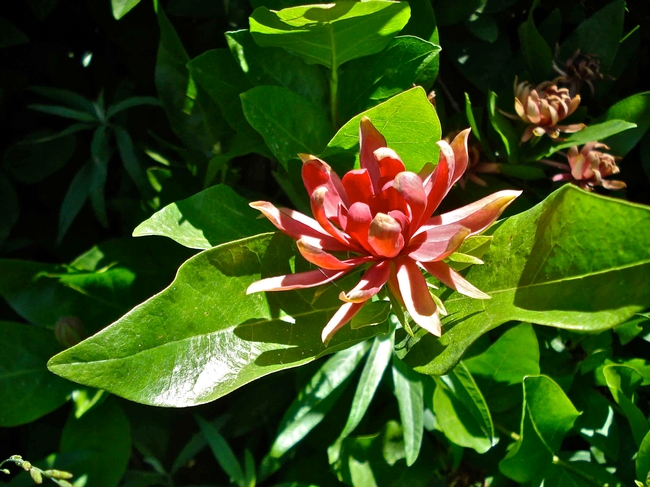
The following is a partial list of plants that will do well in shade gardens in our area. Those with an asterisk* are California native plants. Natives tend to be less thirsty, better adapted to our climate and beneficial to wildlife.
Part shade (4 to 6 hours of sun per day):
Agapanthus (Agapanthus sp.), Azaleas (Rhododendron indicum), Santa Barbara daisy (Erigeron karvinskianus), Bush anemone* (Carpenteria californica), Chaparral currant* (Ribes malvaceum), Yarrow* (Achillea millefolium), Douglas iris* (Iris douglasiana), Hummingbird sage* (Salvia spathacea), Idaho fescue* (Festuca idahoensis), Rosy buckwheat* (Eriogonum grande var. rubescens), Coffee berry* (Frangula californica), Woodland strawberry* (Fragaria vesca)
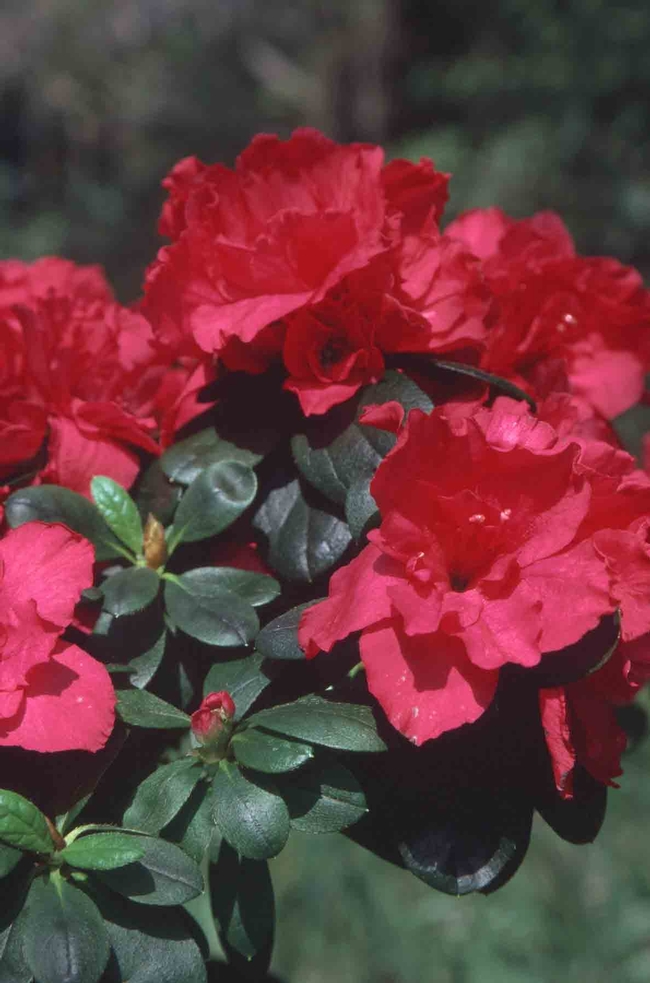
Full Shade (less than 4 hours of sun per day):
Hellebore (Helleborus sp.), Pigsqueak (Bergenia crassifolia), Creeping Oregon grape* (Mahonia repens), Evergreen currant* (Ribes viburnifolium), Snowberry* (Symphoricarpos albus), Spicebush* (Calycanthus occidentalis), Western columbine* (Aquilegia formosa)
Additionally, almost all ferns sold in local nurseries will do well in shade or partial shade. Check the label to be sure.
UC Master Gardeners of Butte County are part of the University of California Cooperative Extension (UCCE) system. To learn more about us and our upcoming events, and for help with gardening in our area, visit our website. If you have a gardening question or problem, email the Hotline at mgbutte@ucanr.edu (preferred) or call (530) 538-7201.
Attached Images:
